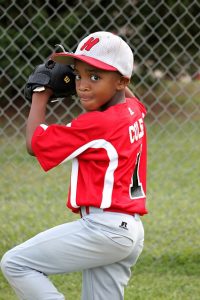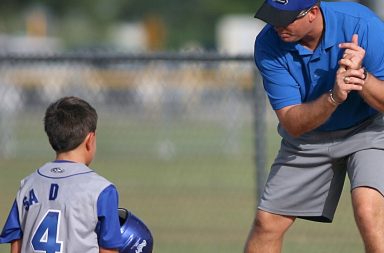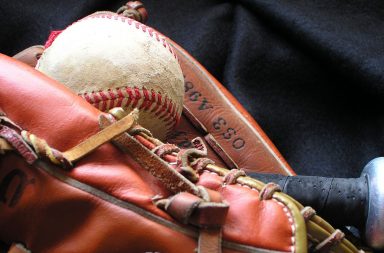This article – How to Play Shortstop (the Right Way) – is part of our “How to Play” series aimed at helping youth league coaches properly instruct their players on the fundamentals of each position. the shortstop is usually the best player on the team, and the head coach is often tempted to let him do what he wants, figuing that other players will only get in his way.
This kind of coching does a huge disservice to the team as a whole and even to the star players themselves, who tend to develop very bad habits because of this. Never underestimate the power of a well-coached team – time and time again, at every level of competition, we see that teams who function as a team outperform those who do not, even when the opposition supposedly has more talent or ability.
Of course, in order to properly prepare the team, you must understand each position!

Requirements for the Shortstop
Your shortstop must be mobile and quick on his feet. While raw speed is not an absolute requirement, the faster he is, the more range he has; among infielders, the shortstop has the most need of speed. Naturally, your shortstop must have a solid glove – he frequently has the best defensive skill of any payer on the team. Shortstops routinely throw to first base, sometimes from deep in the hole; therefore, arm strength is a big requirement, as only the third baseman has a longer throw in the infield. Above all, a shortstop must be able to make decisions and think on his feet, as he is the captain of the defense, and is responsible for setting the tone on the field.
Basic Responsibilities
On any contact, the first step should be toward the ball. The player’s momentum will carry him either to the ball, or toward his base.
The right side of the infield is the shortstop’s domain – anything hit between second base and the left foul line is his responsibility. If he can get to the ball, he should do so. If the ball is hit to the third baseman, it is his job to back up the play. If the ball gets into the outfield, he should sprint out onto the grass and act as a cutoff man.
If the ball is hit between second base and the right foul line, the player should always cover the bag in the event of a throw from second or first. If the ball goes into the outfield, he should be prepared to receive a throw at the bag.
It is vital that the second baseman and the shortstop communicate and clearly understand when each will be covering the base! If they get into one another’s way, outs will be lost.
Advanced Reponsibilities
With a runner on first and less than two outs, the top priority should always be to attempt a double play. If fielded near the bag, the player should know whether to step on the bag himself or to make the throw to second base via the underhand toss. However, the player should always bear in mind that the first responsibility is a sure out – make the throw to first if he does not think he hs a chance to get the runner at second.
In the event of a bunt, the third baseman will be charging the ball, leaving third base vacant. The shortstop must wheel over to third to cover the bag, while the second bseman will likewise shift to cover second.
If a runner attempts to steal second, both the shortstop and second baseman should break for the bag. Usually, the shortstop will cover the base, while the second baseman will back up the play a good ten feet deep. However, if the shortstop does not make it (for whatever reason), the second baseman *must* take the bag.
Shortstop is absolutely vital, and should be filled by the best defensive player on your team. Even so, the shortstop should know his role, and play within that framework, or you are simply giving away outs.


